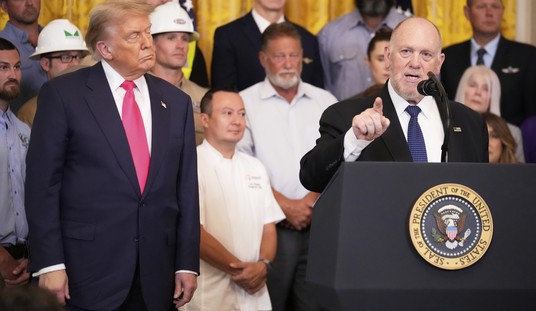By Clark Barrow
July 31, 2012
A looming tax increase or the threat of higher unemployment usually receives a lot of attention in Washington, D.C. Many politicians can’t wait to lead a charge to avoid any hardship on the American families. But there is eerie silence on another front that is fast approaching our country: a tidal wave of costly federal regulations.
According to an analysis by the National Federation of Independent Business, more than 4,000 federal regulations are scheduled to be implemented over the next four years with a cost of more than $515 billion to the U.S. economy. In our world of trillion dollar deficits, anything in the billions may not sound like such a big deal anymore, but recent regulations have already added $140 billion, sending the total annual regulatory cost to $1.75 trillion. If no action is taken to stop this, the NFIB estimates that the regulatory costs will quadruple over the next four years.
So what in the world are all these new regulations? Well, most of them have to do with protecting the environment and the air we breathe. Unfortunately, the sheer cost of the regulations may produce a severe economic downturn, rather than any valuable environmental impact.
One of the most damaging regulations will force power plants to install expensive pollution control technology, which is expected to cost as much as $90 billion over 10 years – the most expensive regulation in U.S. history. This means higher energy bills that will direct small business funds to utility bills, instead of jobs.
Other regulations include the National Ambient Air Quality Standards for Ozone, a measure that President Obama postponed in 2011 because of its enormous cost to the economy. Imagine that! Even our own president understood the impact! This far reaching piece of regulation would establish an unnecessarily strict air quality standard for the entire country at a cost of up to $90 billion.
To make matters worse, the science behind these new regulations is not solid. A report by the National Center for Policy Analysis found that the proposed standards produce little, if any, health benefits. Their analysis found that under the current standards, levels of ozone and other pollutants have largely decreased to safe levels. The current standards are working and there is little science to that says tighter standards will meaningfully improve the air quality for anyone.
While the environmental science is not solid, the economic impact is certain – it will be paid with billions of dollars, millions of lost jobs and the lost dreams of millions of Americans.
The solution, as with many of our problems, is to grow our economy. Excessive regulations will only increase the cost of living for Americans, forcing lower income families to sacrifice the things that contribute to a healthy lifestyle. Progress is good! Advances in environmental protection, health care treatments and nutrition have saved countless lives, but expensive household energy bills will only devour money that could be used for a higher standard of living.
Putting aside all of these other figures, the true cost of the proposed regulations can be summed up in the fact that the American Thoracic Society found that the number one risk factor for asthma is poverty, not pollution. It’s time environmental regulations protected us.
Read More: www.ClarkBarrow.com














Join the conversation as a VIP Member